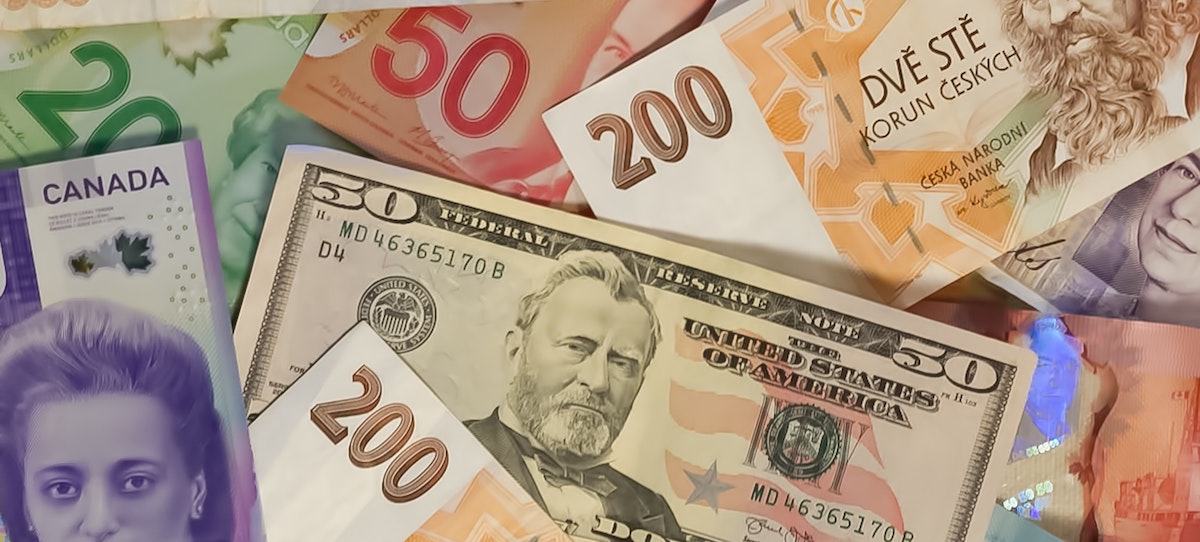Discover the basics of what is fiat money, how it works, and why it matters. Read our guide today.
Fiat money is the backbone of modern economies, but what is it exactly? In this article, we will explore what fiat currency is, its history, advantages, criticisms, and its future.
What is Fiat Money – Definition
Fiat money is any form of money that is not backed by a physical commodity, such as gold or silver. Instead, it is backed by the government that issued it and its legal tender status.
What Fiat Means
In the context of “fiat money,” the term “fiat” comes from the Latin word “fiat,” which means “let it be done.” It refers to the fact that fiat money is a form of money that is not backed by a physical commodity, such as gold or silver, but instead derives its value from the government’s decree that it is legal tender and must be accepted as a means of payment.
Therefore, in this sense, “fiat” means that the value of the currency is established by the government’s authority rather than by any intrinsic value of the currency itself.

History of Fiat Money
Fiat currency has been around for centuries. However, it became the standard form of currency in the early 20th century after the abandonment of the gold standard. Before this, currency was backed by a commodity, such as gold or silver.
This meant that the amount of currency in circulation was directly linked to the amount of the commodity available, ensuring that the currency had a certain level of value.
In the 1930s, most countries abandoned the gold standard and moved towards fiat money. This meant that the value of currency was no longer tied to the amount of gold or silver available. Instead, it was backed by the government that issued it.
How Fiat Money Works
Fiat money is created and controlled by the government. The government, usually through its central bank, has the power to print and distribute currency. The central bank also regulates the money supply and controls interest rates.
The government’s ability to control the money supply is important because it allows them to stabilize the economy. During times of economic hardship, the government can increase the money supply, which increases liquidity and encourages spending.
Conversely, during times of economic growth, the government can decrease the money supply to reduce inflation and encourage saving.
Advantages of Fiat Money
One of the primary advantages of fiat money is its stability. Because the value of a fiat currency is backed by the government, it is generally considered to be a stable and reliable form of currency.
It is not subject to the fluctuations that can occur with commodity-based currency, such as gold or silver, whose value can change depending on market conditions.
Another advantage of fiat currency is its ease of use. Because it is widely accepted and recognized, it is relatively easy to exchange and use for day-to-day transactions. It is also much more convenient than commodity-based currency, which can be cumbersome and difficult to transport.
Criticisms of Fiat Money
Despite its advantages, fiat money is not without its criticisms. One of the primary criticisms is the risk of inflation. Because the government has the power to print money, it can create an oversupply of currency, which can lead to inflation and a decrease in purchasing power.
Another criticism of fiat currency is the potential for currency devaluation. If a government prints too much currency, it can lead to a decrease in the value of the currency, which can lead to economic instability.
Future of Fiat Money
The future of fiat money is uncertain, with the rise of digital currencies and the increasing popularity of alternative forms of currency. However, fiat currency is likely to remain the standard form of currency for the foreseeable future.
Despite its criticisms, fiat currency is still considered to be a stable and reliable form of currency. Its ease of use and wide acceptance make it an attractive option for individuals and businesses alike.
Conclusion
In conclusion, fiat money is a form of currency that is backed by the government that issued it. It has been the standard form of currency for over a century and is widely recognized and accepted.
While it has its advantages, it is not without its criticisms, and its future remains uncertain. However, for the time being, it remains an essential part of the global economy.